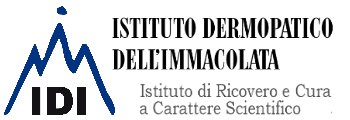Review on the available Non-Animal Models in Dermatological Research
In this review the human skin structure and the different possibilities to perform dermatological research are being described. Both animal models, as well as non-animal methods are available.
One of the major benefits of the use of animal models is that the complexity of full organs is maintained, and that systemic reactions can be studied. However, animal skin can only partially mimic human skin response, therefore, other techniques are needed to obtain more reliable results.
As a response, several tissue-engineered human skin equivalents have been developed in vitro. Via the use of one of the most recent models such as “skin-on-a-chip” it is now possible to integrate different types of skin cells in vitro, which allows an increasing complexity and thus contributes to an improved translation to human clinic. Consequently, these methods are more frequently being used in industry and academics.
Основні причини, за якими можна отримати позика без відмови стосуються безробіття або гострої нестачі фінансових коштів.Also in silico models can be used in dermatological research, and several databases have been made available based on datasets from gene and protein expression of both healthy and disease-affected individuals. Examples of these databases are: Gene Expression Omnibus, Oncomine database, IST online database, Human Protein Atlas,…
Якщо ви за раціональне розпорядження часом, тоді мікрокредит онлайн на картку для вас. Їхати за ним нікуди не потрібно.Furthermore this review describes the available non-animal models for immunological diseases, aging and non-melanoma skin cancers (NMSC), melanoma and wound healing.
Source: https://www.altex.org/index.php/altex/article/view/1152/1273


